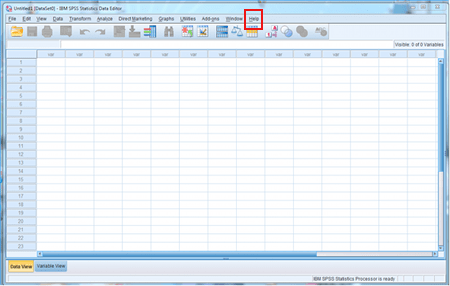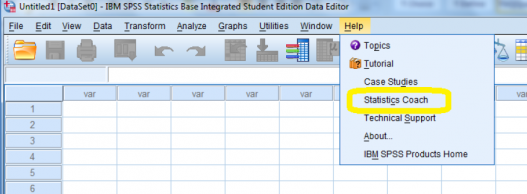
Identify groups, discover relationships between them and predict future events. Use Decision Trees for better profiling and targeting. Determine ways to repair processes or make improvements to existing processes.Analyse different medications and their effectiveness.Identify product interest levels and the impact of customer satisfaction.Use generalised linear models (GENLIN) and accommodate correlated longitudinal data and clustered data with generalised estimating equations (GEE).Īdvanced Statistics techniques are commonly used to: GLM also includes capabilities for repeated measures, mixed models, post hoc tests and post hoc tests for repeated measures, four types of sums of squares, and pairwise comparisons of expected marginal means, as well as the sophisticated handling of missing cells, and the option to save design matrices and effect files. Build flexible models including linear regression, ANOVA, ANCOVA, MANOVA, and MANCOVA.


Describe the relationship between a dependent variable and a set of independent variables. Model means, variances and covariances in your data using the general linear models ( GLM).

Predict nonlinear outcomes, such as ordinal values or what product a customer is likely to buy, by using generalized linear mixed models ( GLMM). When there is no clear distinction between independent or dependent variables, loglinear and hierarchical loglinear analysis can be used for modelling multiway tables of count data.Įxamine the expected duration of time until one or more events happen, such as death in biological organisms and failure in mechanical systems with state-of-the-art survival procedures Kaplan-Meier and Cox regression. When your data does not conform to the assumptions required by standard analytical procedures, apply more sophisticated univariate and multivariate analytical techniques. Dive deeper into your data, analyse variances and the complex relationships of real world data to draw more dependable conclusions.


 0 kommentar(er)
0 kommentar(er)
